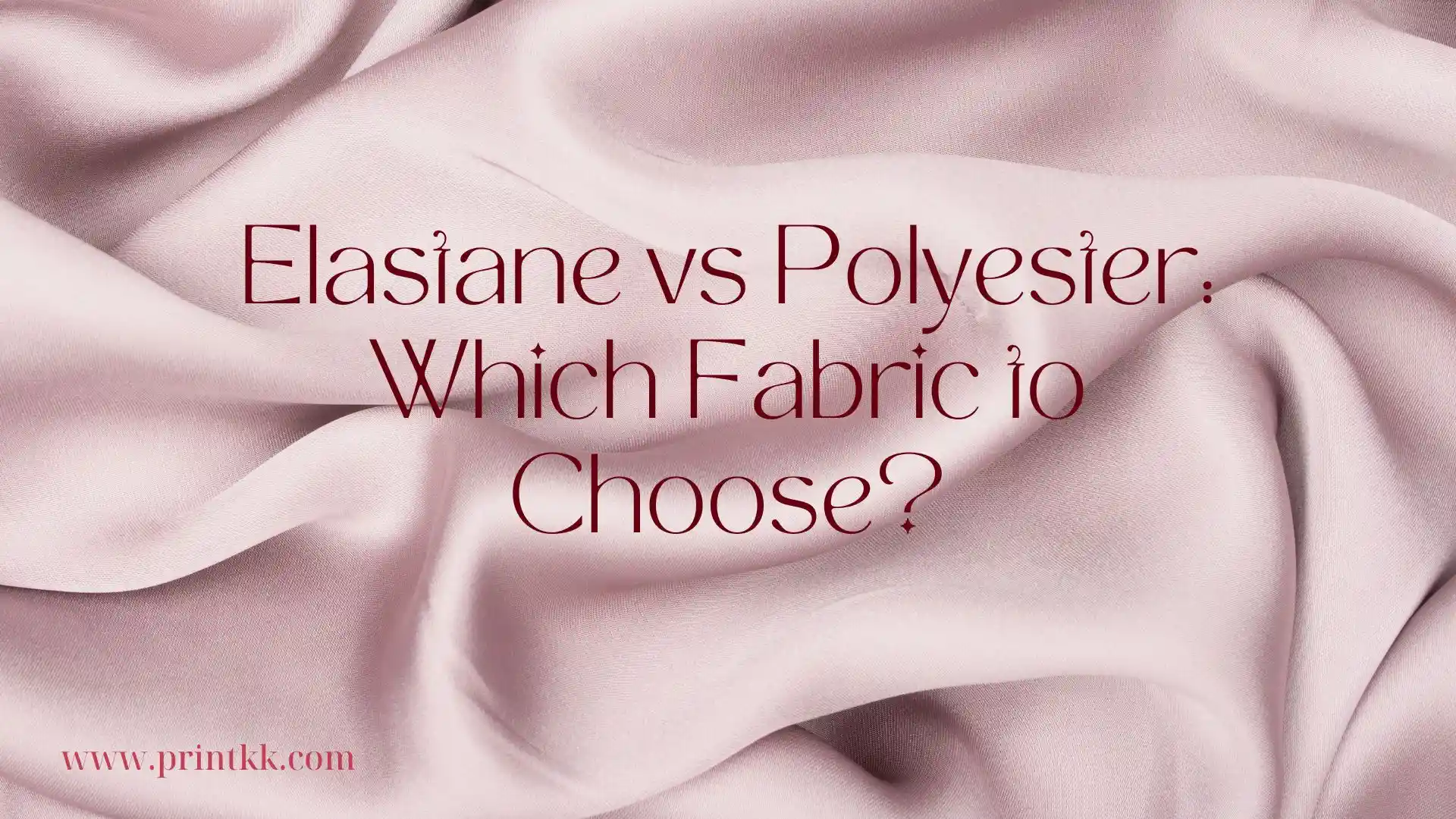
Choosing the right fabric can make a bigger difference than most people realize. Elastane and polyester are both common in wardrobes, but they behave very differently in daily wear.
Understanding elastane vs polyester isn't just about knowing the science—it's about knowing which fabric moves with you, which keeps you cool, and which lasts longer under repeated use.
This guide breaks down how each fabric performs, where it works best, and what to watch for when shopping, so your choices match your lifestyle instead of just following trends.
Learn About Elastane
Elastane is a fabric you will often see in leggings, activewear, and fitted tops. It stretches easily and snaps back to its original shape, which keeps your clothes looking and feeling right over time.
When you use elastane in your garments or print-on-demand products, you get flexibility and comfort that other fabrics struggle to match.
Understanding what elastane can do helps you make smarter choices for fit, performance, and durability.
Elastane Pros:
- Stretch and shape retention: Elastane lets your clothes move with you and recover their shape after use or washing, so your garments stay fitted.
- Freedom of movement: In activewear or tight clothing, elastane allows full range of motion without feeling tight or restrictive.
- Soft and lightweight feel: Fabrics with elastane are smooth against your skin, making them comfortable for long wear.
- Durability in form: Even after repeated washing, elastane blends keep their shape better than many other fabrics, reducing sagging or bagging.
Elastane Cons:
- Higher cost: Elastane can make garments pricier than fabrics without it.
- Heat sensitivity: High washing or ironing temperatures can weaken elastane fibers.
- Moderate moisture-wicking: Elastane is breathable but does not move sweat away as efficiently as polyester.
- Susceptible to snags: Smooth elastane surfaces can catch on rough edges, creating small pulls in the fabric.

Custom AOP Cropped Womens Tank Tops with Print on Demand - PrintKK
Learn About Polyester
Polyester is a fabric you encounter often, from everyday shirts to jackets and even bed linens. It is a synthetic fiber made from petroleum products, designed to be strong and maintain its shape.
When you wear polyester, you will notice it holds up well over time and keeps wrinkles to a minimum. It is often blended with other fabrics to add durability or reduce stiffness, making it a versatile choice for many types of clothing.
Knowing how polyester behaves can help you decide when it works best for your wardrobe and how to care for it.
Polyester Pros:
- Durable and long-lasting: Polyester resists stretching, shrinking, and general wear, which means clothes keep their shape and appearance even after repeated use.
- Wrinkle-resistant: It stays smooth through the day, so you can skip frequent ironing.
- Quick-drying: Moisture moves through polyester faster than natural fibers, making it suitable for activewear or travel clothes.
- Color retention: Polyester holds dyes well, so colors stay bright and consistent over time.
Polyester Cons:
- Limited breathability: Polyester does not absorb sweat effectively, which can make it feel warmer during long periods of activity.
- Odor retention: The fabric can trap moisture and bacteria, requiring careful washing to prevent lingering smells.
- Less soft naturally: Unless blended with other fibers, polyester may feel stiffer compared to cotton or silk.
- Environmental impact: Made from petroleum, polyester is slow to decompose and relies on non-renewable resources.

Custom Men's Short-Sleeve Button-Down Shirt - Print on Demand Fulfillment - PrintKK
Elastane vs Polyester: Complete Comparison
Stretch and Flexibility
Elastane
Elastane is known for its high stretch, which allows your clothes to move freely with your body. It returns to its original shape quickly, keeping leggings, sportswear, and fitted tops looking smooth.
This makes it ideal for garments where freedom of motion is essential.
Polyester
Polyester has some stretch, especially when blended with elastane, but it is generally less flexible.
It holds its shape well over time and can resist sagging in jackets or casual wear. You may notice that it does not move with your body as freely as elastane.
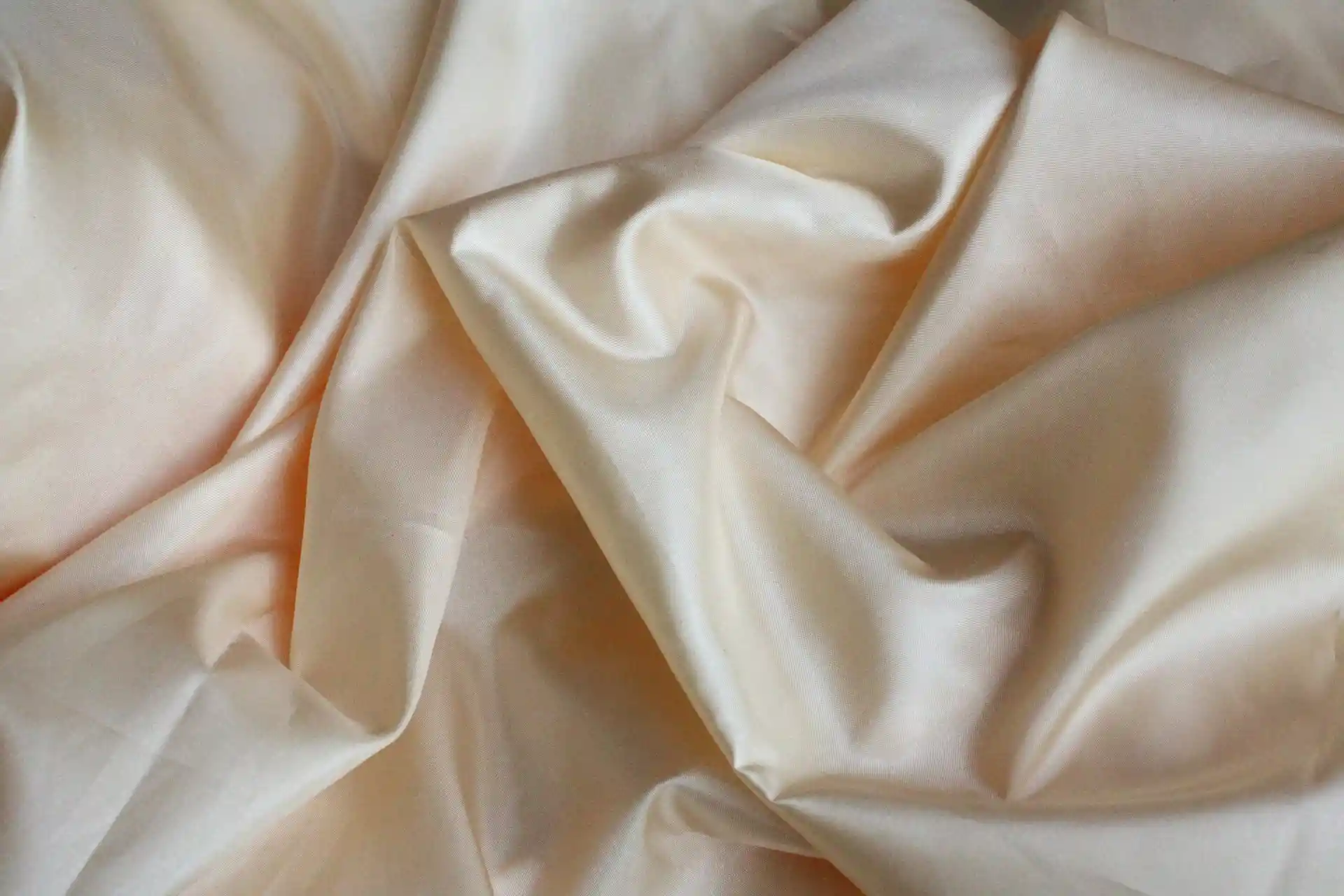
Comfort and Feel
Elastane
Fabrics with elastane feel soft and smooth against your skin. You get a close, comfortable fit that doesn't restrict movement.
It's especially useful in activewear, underwear, or any garment that needs to stretch without rubbing or pinching.
Polyester
Polyester feels slightly firmer and can be less soft on bare skin. It is lightweight and breathable, but you may notice less stretch and a tighter fit in some garments.
Layering polyester with cotton or elastane can improve comfort.

Custom Printed on Demand Women's Crop Tank Top & Mini Skirts Sets - Women's Clothing - PrintKK
Durability and Shape Retention
Elastane
Elastane maintains its shape very well. Over time, clothing with elastane resists sagging and keeps a snug fit, even after repeated washing. You should still handle it carefully with heat or rough surfaces.
Polyester
Polyester is highly durable and resists tearing or fading. While it holds color and structure well, it does not recover from stretching like elastane.
This makes it strong for jackets, bags, and outerwear, where stretch is less important.
Moisture and Breathability
Elastane
Elastane is breathable and allows some airflow. It wicks a small amount of moisture but is not designed for heavy sweating.
You can layer it in activewear to improve comfort and keep your body dry during moderate activity.
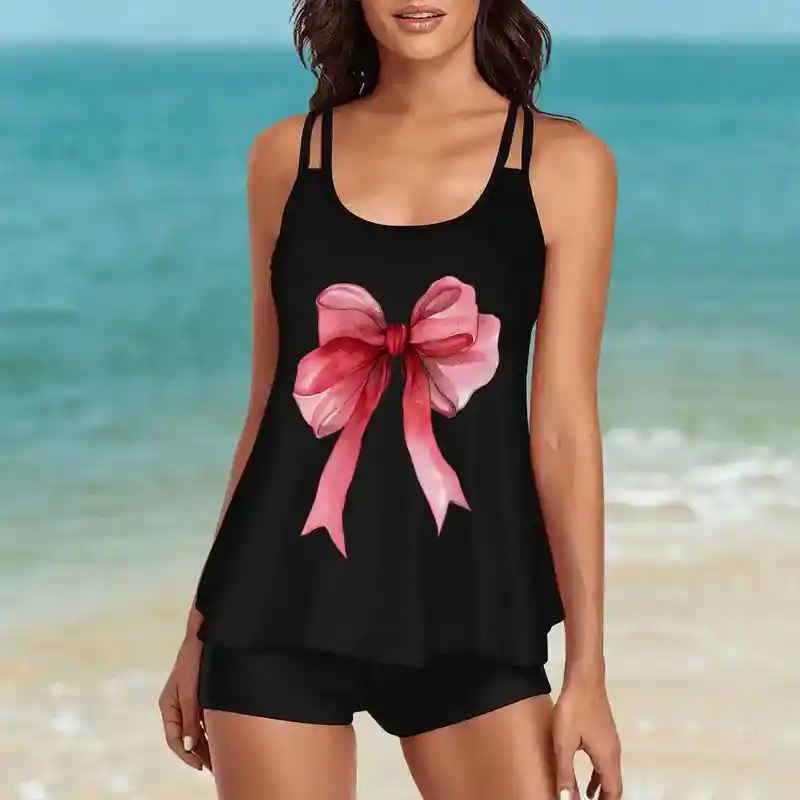
Polyester
Polyester excels at moisture management. It pulls sweat away from your skin and dries quickly, making it ideal for intense workouts or humid conditions.
However, it can feel less soft directly against bare skin.
Cost and Availability
Elastane
Elastane tends to be more expensive because it is a specialized fiber. You may find it mostly in high-performance garments like leggings or compression wear.
Small blends in fabrics add flexibility without a large cost increase.
Polyester
Polyester is affordable and widely available. It is used in everyday clothing, print-on-demand products, and mass-produced items.
You can combine it with other fibers to improve feel and durability without raising costs significantly.
How Elastane and Polyester Are Used in Daily Life
Activewear and Sports Clothing
When you move, your clothes need to move with you. Elastane gives leggings, yoga pants, and running shirts stretch so they stay close-fitting without restricting motion.
Polyester complements it by pulling moisture away from your skin and drying quickly, which keeps you comfortable whether you're at the gym or outdoors.
Everyday Casual Wear
Many t-shirts, jeans, and casual tops include small amounts of elastane. This adds flexibility so you can bend, sit, and stretch without your clothes feeling tight.
Polyester strengthens the fabric and helps it hold its shape after washing, making your daily outfits last longer and look better over time.
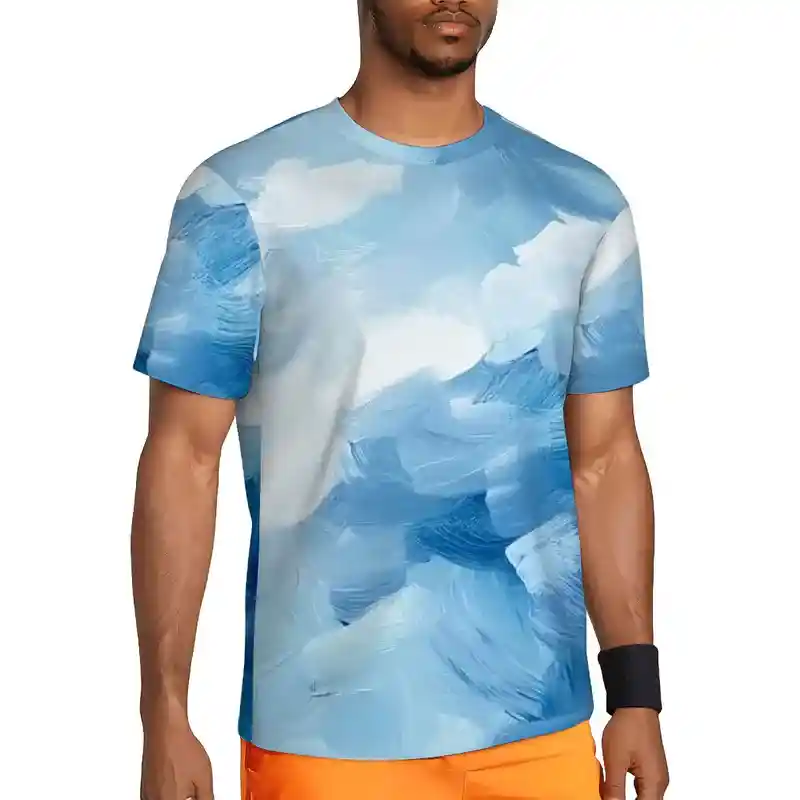
Custom Men's Mesh T-Shirt - Print on Demand Fulfillment - PrintKK
Work and Professional Clothing
Office wear often mixes polyester and elastane. Polyester resists wrinkles and stains, keeping shirts and dresses neat during long workdays.
Elastane provides a slight stretch that lets you move freely while sitting at a desk or walking between meetings. The combination makes professional clothing practical and comfortable.
Home and Lifestyle Items
You may not notice, but elastane and polyester appear in home textiles too.
Polyester keeps cushions, curtains, and bedding durable and colorfast, while elastane adds stretch in fitted sheets and covers so they stay in place.
This makes everyday household fabrics easier to manage and longer-lasting.
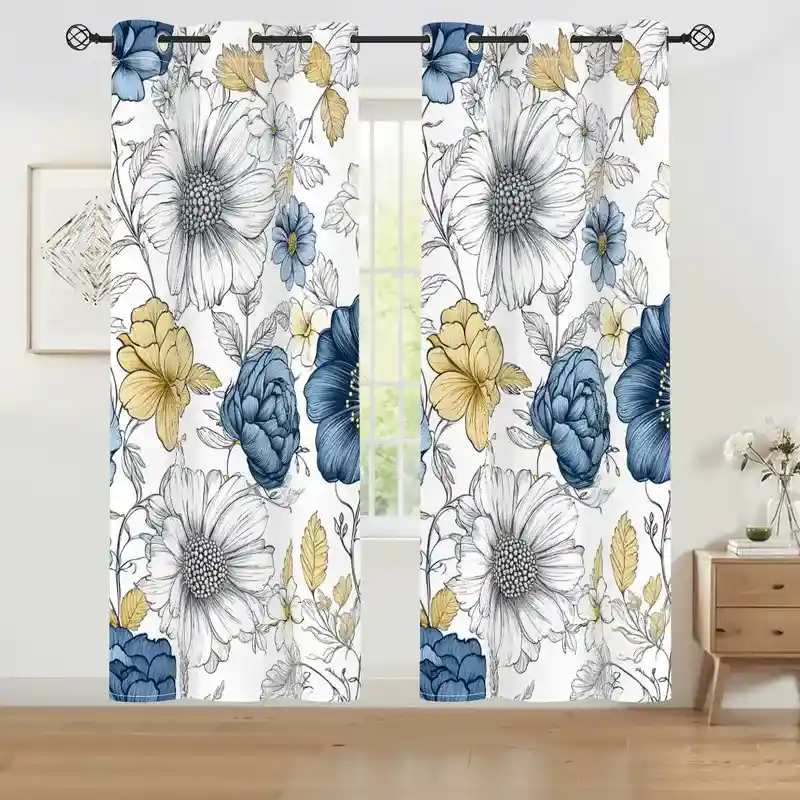
Print on Demand Multi Sizes Blackout Curtains - Home Decor - PrintKK
Outerwear and Seasonal Clothing
Coats, jackets, and windbreakers often blend these fabrics. Polyester offers water resistance and warmth, while elastane adds subtle flexibility.
The result is outerwear that moves with your body, whether you're commuting or spending time outdoors.
Polyester + Spandex vs Nylon + Spandex
When summer comes, choosing the right fabric makes a noticeable difference in comfort. Leggings, workout tops, and T-shirts all feel different depending on what they're made of.
Two popular blends are Polyester + Spandex and Nylon + Spandex, and each has its own strengths.
Polyester + Spandex is slightly firmer but very durable. It resists wrinkles, holds its shape well, and is easy to care for, making it a good choice for everyday wear or commuting.
Nylon + Spandex feels silky and lightweight. It breathes better and dries faster, which is useful during workouts or in hot weather.
Here's a simple comparison to help you see the difference:
Feature | Polyester + Spandex | Nylon + Spandex |
Hand feel | Slightly firm | Silky smooth |
Breathability | Moderate | About 30% higher |
Sun durability | High | More prone to aging |
Quick-dry | Moderate | Fast |
Price | More economical | Around 20% higher |
Are Elastane and Polyester Plastics? Synthetic Fibers Explained
When you check the labels on your clothes, you will often see names like Polyester and Elastane. Both are synthetic fibers, which means they are made from chemicals rather than plants or animals.
Polyester comes from petroleum products, while elastane, also known as spandex or Lycra, is a stretchy fiber that can stretch several times its original length and return to its shape.
Knowing the difference between the two helps you choose clothes that fit, move, and last the way you want.
Polyester is strong, wrinkle-resistant, and holds its color well. It does not absorb much moisture, so it dries quickly, but it can feel less breathable during hot or active days.
You might see polyester in shirts, jackets, or activewear.
When caring for polyester, washing in cool water and avoiding high heat can keep it looking its best.
Elastane, on the other hand, is almost always blended with other fabrics. Its main advantage is stretch.
Clothes with elastane fit closer to your body and move with you. It is common in leggings, sportswear, and socks.
Because elastane does not absorb water well, it can feel warm if worn in heavy layers, but it adds comfort and flexibility that other fibers do not.
Other synthetic fibers, like nylon, acrylic, polypropylene, and vinylon, exist too. They each have unique properties but are less common in everyday clothing compared with polyester and elastane.
Here is a quick summary of the main points:
- Polyester: durable, wrinkle-resistant, fast-drying, holds color
- Elastane: highly stretchable, keeps shape, usually blended, adds comfort
Understanding these fibers lets you make smarter choices about the clothes you wear every day.
Read More:
- Polyester vs Spandex: Pros, Cons, and Differences
- Polyester vs Cotton Shirts: Which Is Better T-Shirt Fabric?
Expert Tips
Choosing the right fabric depends on what you value most in comfort and performance.
Elastane vs polyester each has strengths that fit different needs. Elastane gives stretch and a close fit. Polyester offers durability, shape retention, and easy care.
Knowing how each fabric behaves makes shopping and dressing simpler. Use this knowledge to pick what works best for you every day.
FAQs
Is 95% polyester 5% elastane good?
A blend of 95% polyester and 5% elastane is strong and flexible. Polyester gives durability while elastane adds stretch, making it suitable for fitted clothing that holds its shape during movement.
Is polyester and elastane good for hot weather?
Polyester with elastane can feel warm because polyester traps heat and sweat. It works better for moderate climates or short periods outdoors, but might not be the most comfortable choice in very hot conditions.
Is polyester better than elastane?
Polyester is stronger and holds its shape longer, while elastane is softer and stretchier. Neither is strictly "better"—your choice depends on whether you want durability or flexibility in the clothing.
Is elastane a healthy fabric?
Elastane is generally safe for skin, though it is synthetic and not very breathable. Most people can wear it comfortably, but sensitive skin might prefer blends with natural fibers for better ventilation.
Is polyester healthier than cotton?
Polyester is synthetic and less breathable, which can trap sweat and odor. Cotton allows air circulation and absorbs moisture, so for skin comfort and natural feel, cotton is usually considered healthier.










 Global Shipping
Global Shipping





























